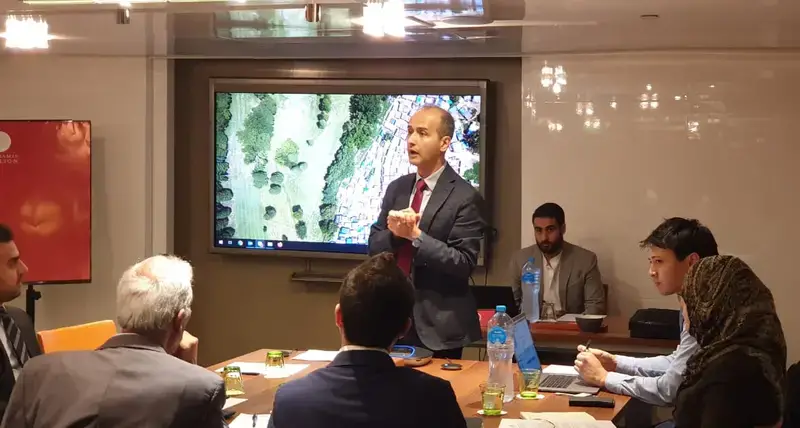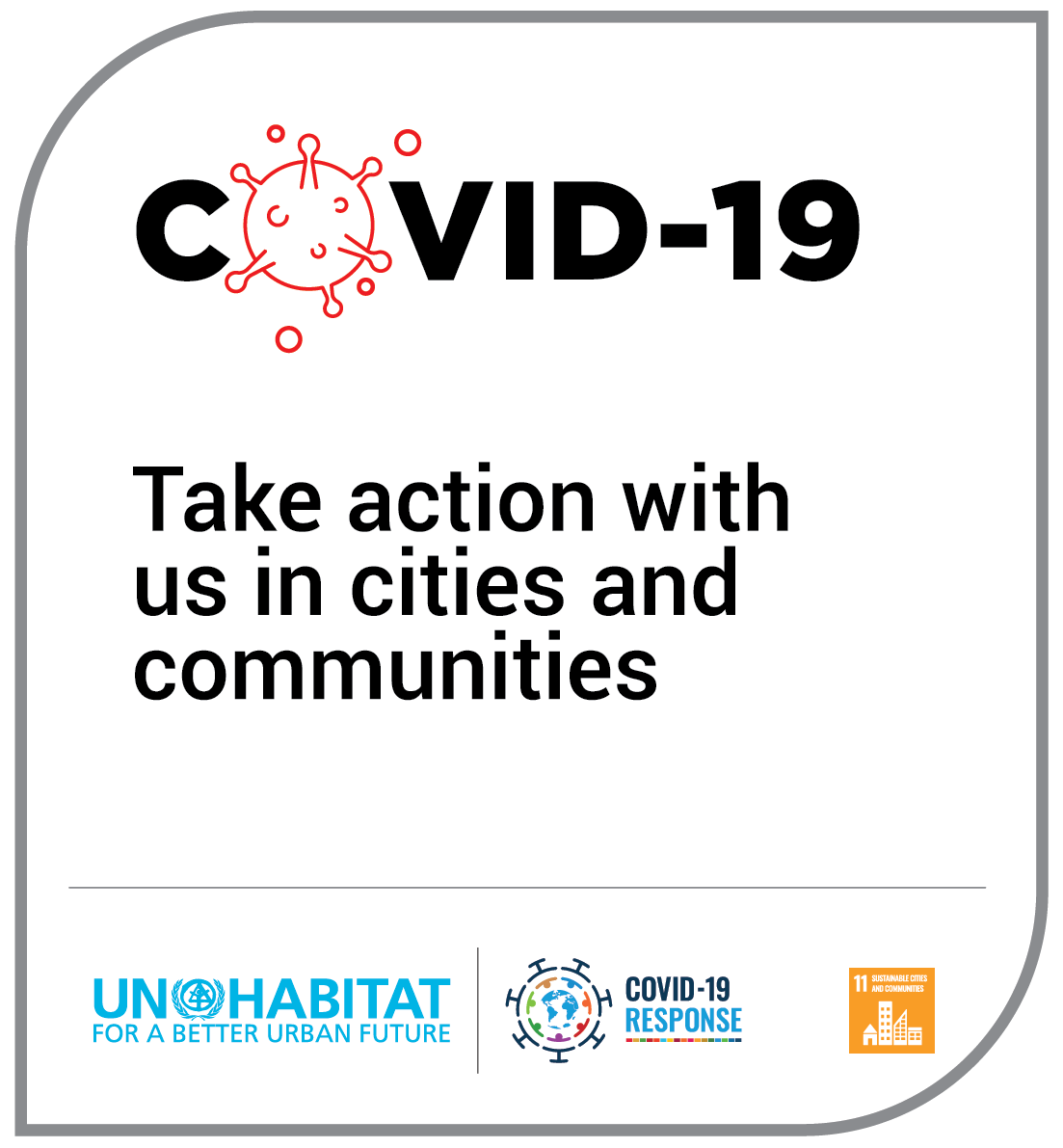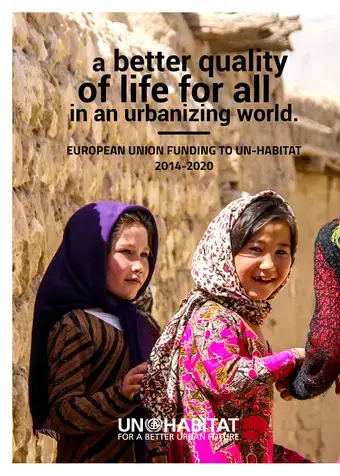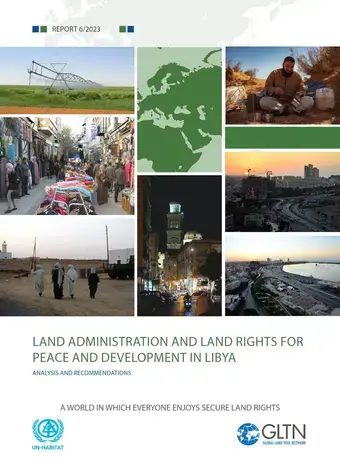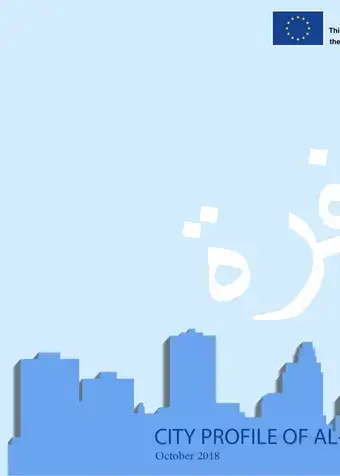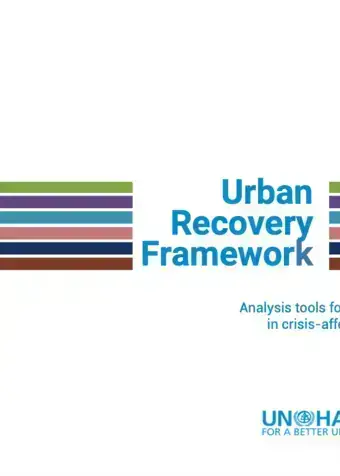Overview
Libya’s urban population is growing rapidly, urbanization rates in Libya have risen steadily, from 49 percent in 1970 to 79 percent in 2016. Today about 85% of the total population live in urban areas in major cities including Tripoli, Benghazi, Misrata and Bayda. The country extends over 1,759,540 km2 where more than 90% of the total land area is desert or semi-desert. Combined with the projected increase in population, this will result in a number of major challenges in the country including the provision of adequate housing, food, clean drinking water, job opportunities, health care, education, and transportation.
The projected increase in urban population, combined with the damage that has resulted from the conflict, have resulted in a number of major challenges in the country including the provision of adequate housing, food, clean drinking water, job opportunities, health care, education, and transportation. After 2011, the growth of informal settlements caused additional pressure on public utility networks and services
Urban management and legislation is one of the key pillars of sustainable urban development. Over the past four decades, the issue of housing represented one of the most complex problems facing the Libyan state aggravated by conflict and political instability. Libya could not succeed in the formulation of a clear and specific housing policy that takes into consideration the social, economic and environmental dimensions to meet the requirements of citizens of different living conditions.
Out of the 823,000 people in need in Libya, 292,000 people are in need of shelter of which 57 per cent are Libyans and 43 per cent are refugees and migrants. 72,400 people are in need of basic shelter
The fighting has caused extensive damage to critical infrastructure and basic social services. 1/3 of Sirte’s buildings and public facilities destroyed or severely damaged.
The crisis in Libya has negatively impacted access to water, sanitation and hygiene facilities and practices. 58 per cent of municipalities depend on water trucking.
Country Beneficiaries
Donors and partners
UN-Habitat established a strong and strategic partnership in Libya with the Urban Planning Agency since 1979 that aims to strengthen the national and local technical capacities in urban planning and development.
The success of UN Habitat’s work in Libya is also dependent on successful partnerships established in the framework of the Rapid City Profiling initiative, particularly with the Municipalities, the Ministry of Local Government, the Ministry of planning as well as the Bureau of Statistics and census.
Donors
Contact
Highlighted Publications
Legacy content
The world’s urban population is growing rapidly and Libya is no exception. Urbanization rates in Libya have risen steadily, from 49 percent in 1970 to 79 percent in 2016. Today about 85% of the total population live in urban areas in major cities including Tripoli the capital of Libya, Benghazi, Misrata and Bayda.
The country extends over 1,759,540 km2 where more than 90% of the total land area is desert or semi-desert. Combined with the projected increase in population, this will result in a number of major challenges in the country including the provision of adequate housing, food, clean drinking water, job opportunities, health care, education, and transportation.
Urban management and legislation is one of the key pillars of sustainable urban development. Over the past four decades, the issue of housing represented one of the most complex problems facing the Libyan state. Libya could not succeed in the formulation of a clear and specific housing policy that takes into consideration the social, economic and environmental dimensions to meet the requirements of citizens of different living conditions.
Although the Government has tried to address the problem of the adequate and affordable housing to the nations over the past 25 years, the progress is slow, and the problem of "informal settlements" is still growing.
There are more than 50 pieces of legislations, guidelines, rules, and regulations on land, building, environment and workers' safety. All these laws, policies and regulations are different from state to state, local councils, and governmental agencies.
For this, appropriate policies and strategies should be put in place to manage the accelerated pace of urban growth.
In this context, UN Habitat Libya Programme will support the Urban Planning Agency in launching the National Housing Policy, establishment of the Housing Observatory, and implementing a capacity building Programme.
Key Partners
Government Ministry of Planning Urban Planning Agency Bureau of Statistic and Census
Local authorities Municipality of Sirte Municipality of Benghazi Municipality of Janzour Municipality of Ubari Municipality of Al Kufra
UN Agencies UNFPA UNHCR UNDP
